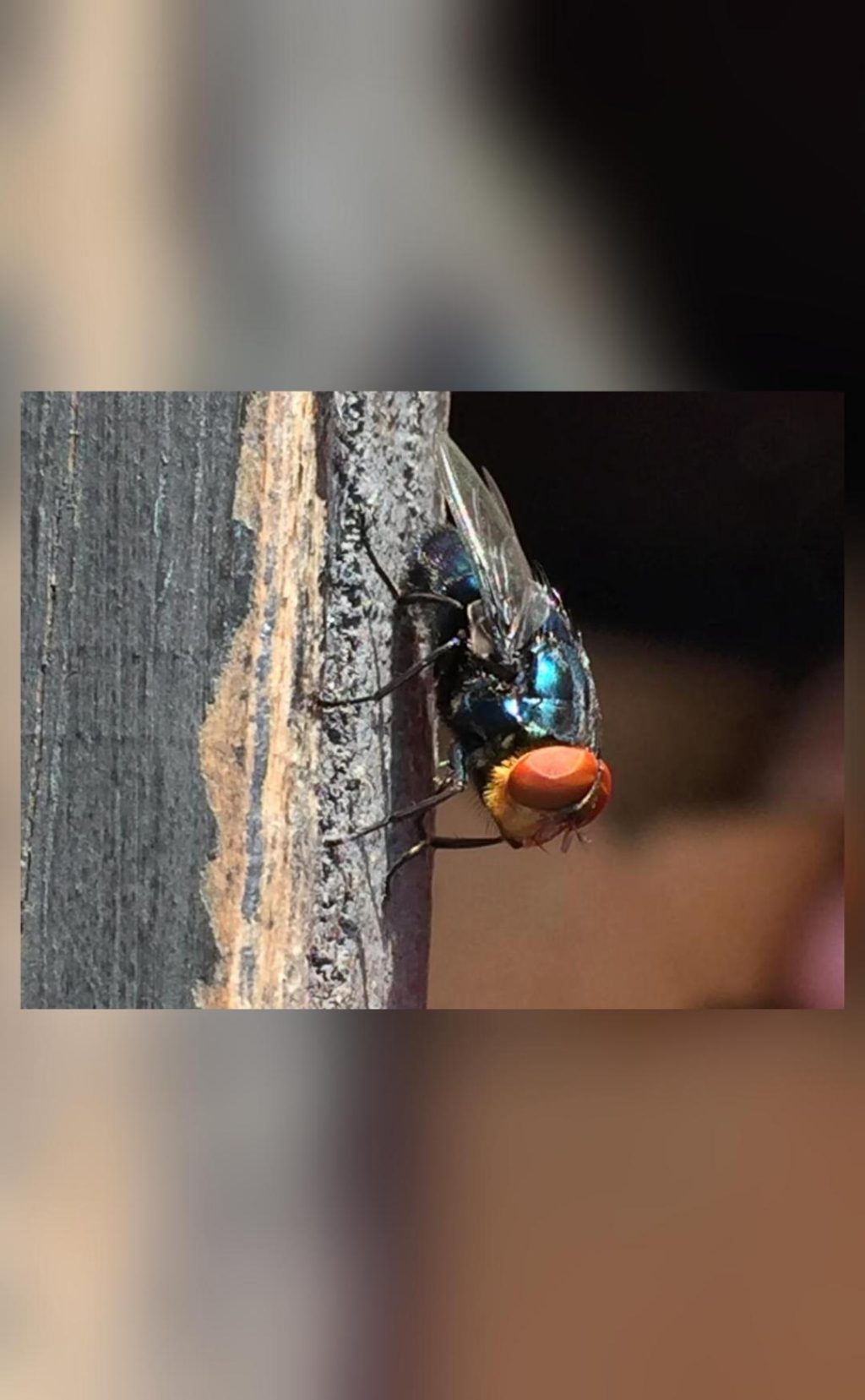
Why is US planning to breed screwworm flies & dump them from planes over Mexico?
The United States government is planning a unique and unconventional strategy to protect its beef industry from the flesh-eating larvae of the New World screwworm fly. As reported by Hindustan Times, the US government is preparing to breed billions of male flies and dump them from planes over Mexico and southern Texas to control the population of the New World screwworm fly. But why would the US government resort to such an unusual method, and how will it work?
The New World screwworm fly (Chrysops spp.) is a parasitic insect that is native to the Americas. The larvae of the fly feed on the flesh of warm-blooded animals, including livestock, pets, and even humans. The screwworm fly is capable of causing significant economic losses to the livestock industry, particularly in the cattle and dairy sectors.
The US Department of Agriculture’s Animal and Plant Health Inspection Service (APHIS) has been working on a project to control the population of the New World screwworm fly. The agency has developed a technique called “sterile insect technique” (SIT), which involves breeding millions of male flies and sterilizing them with radiation so that they cannot reproduce with female flies.
The sterilized male flies will then be released over Mexico and southern Texas, where they will mate with female flies. Since the male flies are sterile, they will not produce offspring, and the population of the New World screwworm fly will gradually decline.
The SIT technique has been used successfully in the past to control the population of other insects, including the Mediterranean fruit fly and the Asian tiger mosquito. The technique is considered to be a safe and environmentally friendly method of pest control, as it does not involve the use of pesticides or other chemicals.
The US government has been working with the Mexican government to develop a plan to release the sterilized male flies over Mexico and southern Texas. The project is still in its testing phase, but if it is successful, it could be rolled out on a larger scale to control the population of the New World screwworm fly across the region.
Some experts have raised concerns about the potential risks and challenges associated with the project. For example, there is a risk that the sterilized male flies could escape and establish themselves in the wild, which could potentially lead to the development of antibiotic-resistant populations. Additionally, there is a risk that the flies could be blown off course and end up in other parts of the country, which could cause unintended consequences.
However, the US government and other experts involved in the project believe that the benefits of the SIT technique outweigh the potential risks. The technique has been shown to be effective in controlling the population of other insects, and it has the potential to reduce the economic losses caused by the New World screwworm fly.
In conclusion, the US government is planning to breed billions of male flies and dump them from planes over Mexico and southern Texas to control the population of the New World screwworm fly. The SIT technique has the potential to reduce the economic losses caused by the fly and is considered to be a safe and environmentally friendly method of pest control. While there are some potential risks and challenges associated with the project, experts believe that the benefits of the technique outweigh the potential risks.



